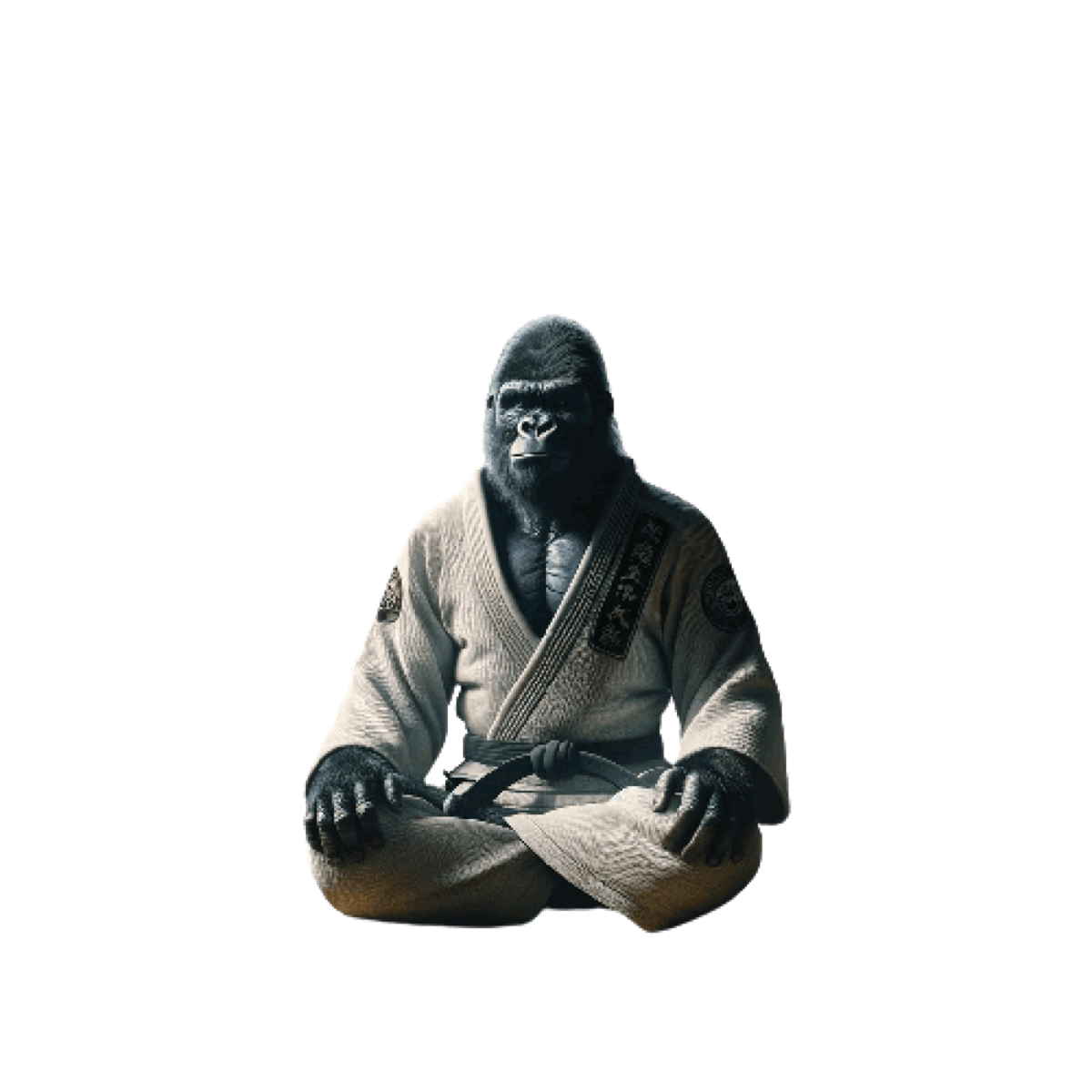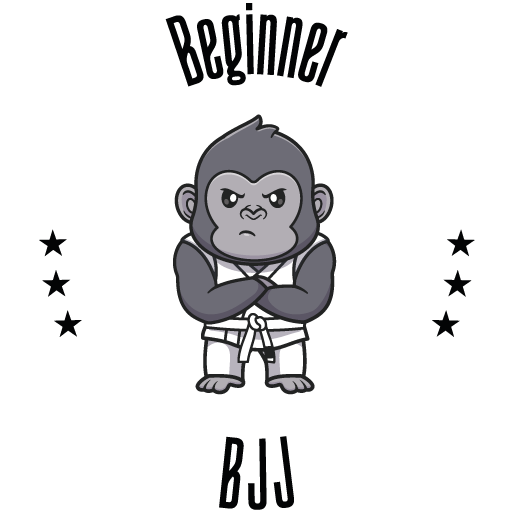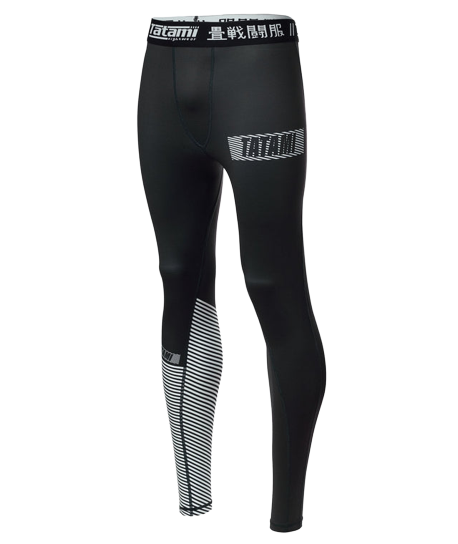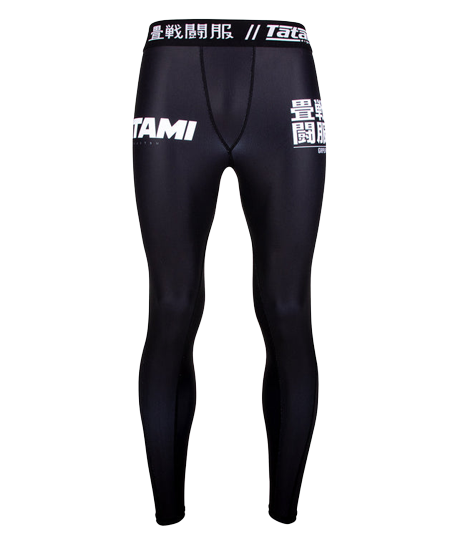Menu
Close
BJJ gear guide
Discover the importance of using proper gear in BJJ and how it can impact performance and safety
Welcome to your comprehensive BJJ gear guide! Whether you’re a beginner just stepping on the mat or a seasoned veteran, your equipment can play a pivotal role in your Brazilian Jiu-Jitsu journey. Quality gear enhances performance and boosts your safety, helping you avoid common injuries associated with this dynamic martial art.
From the traditional Gi to protective gear like mouthguards and finger tape, each piece serves a unique purpose, shaping your experience and impacting how you practice, spar, and compete.
This guide will delve into the must-have BJJ gear, offering insights on selection, usage, and the difference they make in your training.
We’ll also provide our top recommendations with each item, steering you towards reliable brands prioritising function and comfort.
Remember, “BJJ gear” isn’t just about what you wear—it’s a crucial part of your technique, protection, and progress in Brazilian Jiu-Jitsu. Whether working on solo drills, training with a partner, or competing the right gear can enhance your capabilities and keep you secure in mastery.
So let’s dive in and equip you with the knowledge you need to make an informed decision about your BJJ gear. Ready? Let’s roll!

The traditional BJJ attire
What is a Gi, and why is it important?
A Gi, also known as a Kimono, is the traditional uniform in Brazilian Jiu-Jitsu. The BJJ Gi isn’t merely an outfit; it’s a significant part of your training arsenal.
It’s integral to learning and practising many techniques incorporating the Gi material for grips, sweeps, and submissions.
Additionally, wearing a Gi can improve your strategic thinking as you learn to use the garment to your advantage or neutralize its use by opponents.
Types of Gis
There are various types of Gis, distinguished primarily by their weave. The most common ones are single weave, double weave, gold weave, and pearl weave.
Single weave Gis are light and economical, perfect for beginners or hot climates. Double weave Gis are thicker and more durable but may be heavier and warmer.
Gold weave offers a middle-ground, blending durability and lightness, while pearl weave Gis are known for their strength without adding extra weight.
How to choose the right Gi
Choosing the right Gi is essential for your comfort and performance. Here are key factors to consider:
- Size: An adequately fitted Gi should allow a full range of motion without being too loose. Each brand has its size chart, so check that before purchasing.
- Material: Most Gis are cotton, but the weave type can affect weight and durability. Choose based on your preference and training environment.
- Collar: A thicker collar is harder for opponents to grip but can be heavier. It’s down to personal preference.
- Colour: White, blue, and black are the most common and universally accepted in competitions. However, ensure to check specific tournament rules before competing.
Featured Gis
We’re proud to feature some of the top Gi brands renowned for their quality, comfort, and durability. Choosing one of our recommended Gis means you’re on your way to a successful BJJ journey.
No-Gi gear
What is No-Gi training?
No-Gi training is a Brazilian Jiu-Jitsu practice where practitioners don’t wear the traditional Gi uniform.
Instead, they use gear such as rash guards, fight shorts, and compression pants, also known as spats. No-Gi training focuses more on grappling techniques that don’t rely on clothing grips.
It’s faster-paced, and the strategies and techniques often overlap with those in wrestling and submission grappling.
Rash guards
Rash guards, a type of athletic shirt made from spandex and nylon or polyester, are a staple in No-Gi training.
They protect your skin from mat burns, limit sweat transmission, and help regulate body temperature.
When choosing a rash guard, consider its material (moisture-wicking fabrics are best), fit (it should be tight but not restrictive), durability, and design.
Stay tuned for our list of featured rash guards from sponsored brands offering optimal performance, comfort, and style.
Fight shorts
Fight shorts, another No-Gi essential, are designed for freedom of movement, comfort, and durability.
They usually feature a closure system like a drawstring or velcro to prevent them from slipping during training.
When choosing fight shorts, consider their material, length (they shouldn’t go past your knees), flexibility, and closure system.
We will feature a curated list of the best fight shorts from top brands that ensure top-tier performance.
Compression pants/spats /skins
Compression pants, often called spats or skins in the BJJ community, are used in No-Gi training for similar reasons to rash guards. They protect against mat-burns and skin infections while helping muscle recovery by improving blood circulation.
When selecting spats, consider the material (it should be breathable and moisture-wicking), the fit (they should offer compression without discomfort), and durability. Stay with us as we introduce a selection of high-quality spats from our sponsored brands to enhance your No-Gi training.
Protective gear
Mouthguards
Mouthguards are essential in BJJ to protect your teeth, lips, and gums from impacts during training and sparring. The right mouthguard should be comfortable, allow effortless breathing and speaking, and provide ample shock absorption. There are custom-fit, boil and bite, and universal fit types.
Ear guards
Ear guards are not mandatory but are recommended, especially if you’re prone to developing cauliflower ear, a condition common among BJJ practitioners due to friction and blows to the ear. When selecting an ear guard, look for a comfortable fit, durability, adequate ventilation, and a secure strap system. Stay tuned for our highlighted selection of top-rated ear guards from reputable brands.
Knee Pads/wraps
Knee pads or wraps are used in BJJ to provide knee support, prevent injuries, and offer comfort when kneeling or performing knee-based techniques. Consider factors like material (durable and breathable), fit, level of support, and ease of movement when choosing knee pads. We’ll soon showcase sponsored brands that offer reliable knee pads and wraps for enhanced protection.
Finger tape
Finger tape is used extensively in BJJ to help prevent and manage finger injuries. It supports your joints, especially when gripping your opponent’s Gi. The suitable BJJ finger tape should be flexible, strong, and adhesive without restricting finger mobility. Knowing how to tape your fingers properly for BJJ is also crucial. Stay with us as we introduce top-performing finger tapes from our sponsored brands and tips on correct application techniques.
BJJ Training tools
Training dummies
Training dummies are invaluable tools for BJJ practitioners, allowing you to practice your techniques anytime.
They come in various types, each designed to aid specific training goals—throws, submissions, or ground control. Choose a BJJ dummy that’s sturdy, has a realistic feel, and mimics the human body proportions.
Stay tuned as we introduce our featured training dummies from top BJJ brands.
Home mats
Home mats provide a safe and comfortable training surface for your at-home BJJ practice sessions.
They should be thick enough to cushion your falls, easy to clean, and have a non-slip surface.
Depending on your space, you can opt for roll-out, folding, or puzzle-style BJJ mats
Grip trainers
Grip strength is pivotal in BJJ—maintaining a hold on your opponent’s Gi, executing techniques, or resisting submissions.
Grip trainers can help you develop this strength off the mat. Look for one that offers varying resistance levels and targets different grip types: crushing, pinching, and supporting.
We’ll highlight premier grip trainers that are a hit among the BJJ community.
Gear maintenance
How to clean and maintain your Gi
Your Gi is more than just a uniform; it’s a symbol of your dedication to the art of BJJ.
However, frequent training can take a toll on it. Regular washing, preferably with cold water, will prevent bacteria buildup and unpleasant odours.
Avoid harsh detergents and bleach to maintain the fabric quality. Air drying is preferable over machine drying as heat can shrink the material.
Check out our dedicated guide on maintaining your Gi for detailed insights.
How to clean and maintain no-Gi gear
No-Gi gear, including rash guards and fight shorts, are typically made from synthetic materials that require proper care. Post-training, rinse them in cold water to remove sweat and bacteria.
Wash using a mild detergent and let them air dry. Avoid fabric softeners, as they can affect the elasticity and fit of your gear.
Dive into our comprehensive guide on No-Gi gear maintenance to keep your equipment in top shape.
How to clean and maintain protective gear
BJJ protective gear like mouthguards, ear guards, and knee pads need regular cleaning to ensure their longevity and your hygiene.
Clean them immediately after use with mild soap and warm water. Some items, like mouthguards, may require soaking in antibacterial solutions.
Always air-dry protective gear to prevent mildew formation. We have curated specific gear maintenance guides to help you prolong your protective gear’s lifespan.
FAQs about BJJ gear
Can I train BJJ without a Gi?
Yes, you can. No-Gi BJJ is a popular sport variation where practitioners wear shorts and rash guards instead of traditional Gis. However, it’s essential to note that the techniques vary slightly due to the lack of grips on the clothing.
How often should I replace my BJJ gear?
The lifespan of your BJJ gear largely depends on its quality, how often you train, and how well you maintain it. High-quality Gis can last a few years with reasonable care, while rash guards and shorts might need replacing more frequently.
How do I choose the right size for my BJJ Gi?
Choosing the right size for your Gi involves knowing your weight and height and then matching them to the size chart provided by the brand. Remember, Gis often shrink after the first few washes, so account for that when purchasing.
Can I use my Judo Gi for BJJ training?
While you technically can, a Judo Gi could be better for BJJ due to differences in cut and design. BJJ Gis are typically more fitted, making it harder for your opponent to grab hold of your clothing.
Is it worth investing in more expensive BJJ gear?
Higher-priced BJJ gear often boasts superior quality, durability, and comfort, which can enhance your training experience. However, beginners can start with more affordable options, upgrade as they progress, and commit to the sport.
Navigating the Brazilian Jiu-Jitsu (BJJ) world is exciting and challenging, but it’s crucial to remember that the journey continues beyond perfecting techniques or attending classes regularly. The gear you use and how you maintain it can significantly influence your training experience, safety, and performance.
This comprehensive BJJ gear guide has explored everything from the traditional Gi to No-Gi attire, crucial protective equipment, and essential training tools. We have also discussed proper gear maintenance to prolong the lifespan of your equipment and ensure optimal performance.
Whether you’re a seasoned practitioner or just starting your BJJ journey, selecting the right gear is critical. Consider your comfort, the product’s durability, and your budget when deciding.
Remember, the most expensive equipment could be better for you. Read reviews, do your research, and don’t hesitate to ask more experienced practitioners for advice.
We invite you to explore our featured products, all carefully selected and recommended based on their performance, durability, and user feedback. Have you tried these products, or have a favourite BJJ gear brand? We’d love to hear your thoughts.








